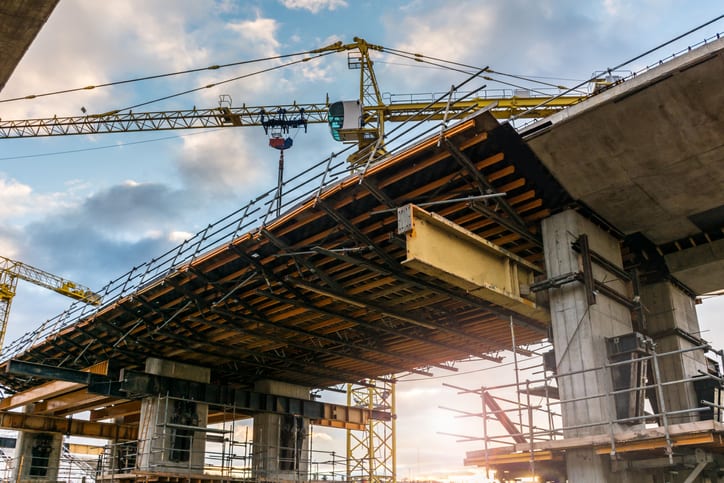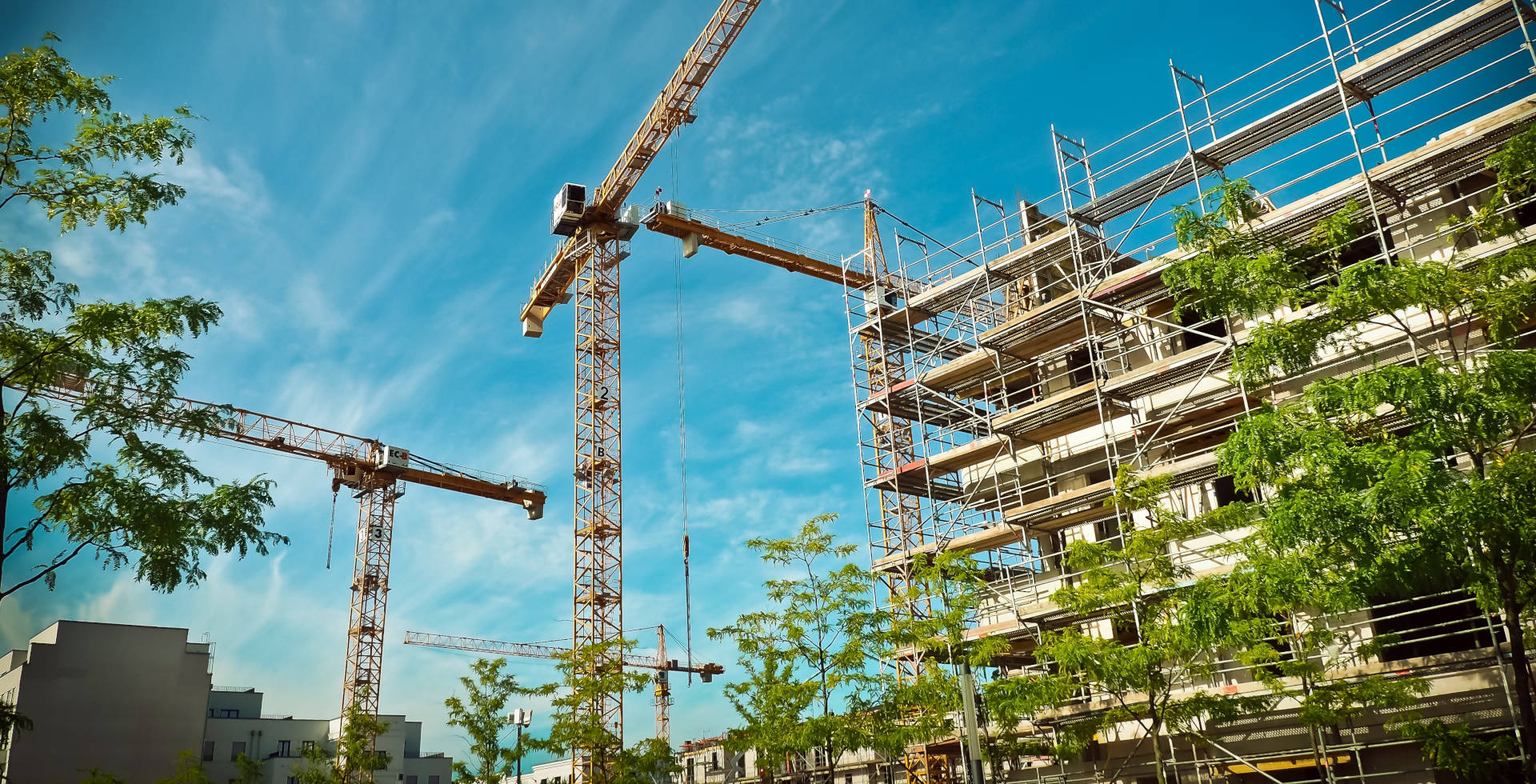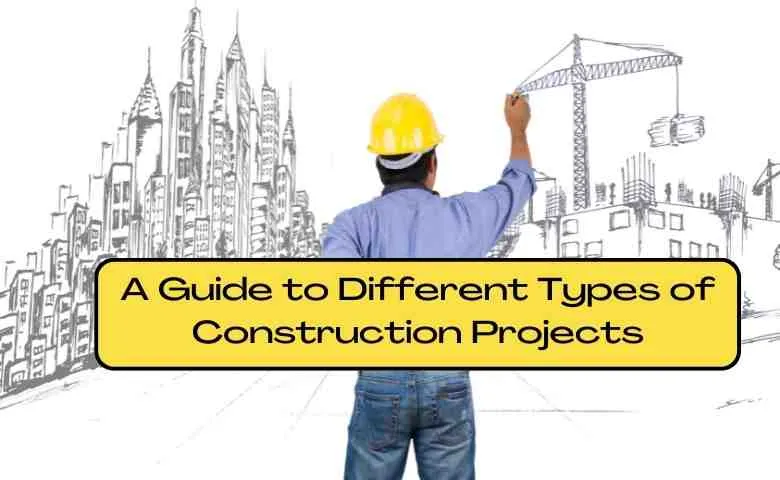Types of Construction
Construction can be categorized into several types based on the purpose, scale, and method of construction. Here is a detailed overview of the main types of construction:
1. Residential Construction
This type focuses on building, renovating, and maintaining structures used for housing.
- Single-family Homes: Standalone houses meant for individual families.
- Multi-family Housing: Includes apartments, condominiums, and townhouses that house multiple families.
- Custom Homes: Specifically designed and built for a particular client according to their requirements.
2. Commercial Construction
Involves building projects that serve business purposes.
- Office Buildings: Includes skyscrapers and low-rise office spaces.
- Retail Buildings: Shopping malls, stores, and showrooms.
- Warehouses: Large buildings for storage and distribution of goods.
- Hotels and Restaurants: Hospitality industry structures designed for service provision and accommodation.
3. Industrial Construction

These projects are often large-scale and involve the construction of facilities for manufacturing and production.
- Factories: Facilities where goods are manufactured.
- Power Plants: Structures generating electricity, including nuclear, hydroelectric, and fossil fuel plants.
- Refineries: Facilities for processing crude oil and other raw materials.
4. Infrastructure Construction

Also known as heavy or civil construction, this type focuses on infrastructure projects crucial for societal functioning.
- Highways and Roads: Includes the construction of roads, highways, and bridges.
- Railways: Building and maintaining train tracks and related infrastructure.
- Airports: Construction of runways, terminals, and control towers.
- Water and Sewage Systems: Building treatment plants, pipelines, and distribution systems.
- Dams: Large structures to manage water resources and generate hydroelectric power.
| "BEST BUILDERDS FLOOR APARTMENT IN CHENNAI" |
5. Institutional and Commercial Building Construction

Focused on structures serving public and institutional needs.
- Educational Buildings: Schools, universities, and training centers.
- Healthcare Facilities: Hospitals, clinics, and medical research centers.
- Government Buildings: Courthouses, police stations, and government offices.
- Recreational Facilities: Sports arenas, community centers, and libraries.
6. Specialty Construction

Covers unique and highly specialized construction projects.
- Green Buildings: Eco-friendly structures designed with sustainability in mind.
- Historic Restoration: Restoring and preserving historical buildings and landmarks.
- Smart Buildings: Incorporation of advanced technology for automated and efficient building management.
7. Environmental Construction

This type involves projects specifically aimed at environmental protection and sustainability.
- Renewable Energy Projects: Wind farms, solar farms, and geothermal energy plants.
- Environmental Remediation: Cleanup of polluted sites and ecosystems.
- Waste Management Facilities: Construction of recycling plants and landfills designed to manage waste effectively.
8. Modular and Prefabricated Construction
Involves building sections of a project off-site in a factory setting and then assembling them on-site.
- Modular Homes: Homes built in sections off-site and assembled on-site.
- Prefabricated Commercial Buildings: Offices, schools, and other buildings built using prefabricated components.
Methods and Techniques
Traditional Construction
- Brick and Mortar: Using bricks and mortar for building walls.
- Wood Frame Construction: Common in residential buildings, using wood as the primary structural material.
Modern Techniques
- Steel Frame Construction: Utilizing steel for the structural framework, common in skyscrapers.
- Concrete Construction: Using reinforced concrete for structural support and foundations.
- 3D Printing: Emerging technology that prints building components layer by layer.
Project Phases
1. Planning and Design: Involves blueprints, permits, and planning the construction process.
2. Pre-construction: Site preparation, including clearing land and laying foundations.
3. Construction: Actual building process, including structural, electrical, plumbing, and finishing work.
4. Post-construction: Final inspections, cleanup, and handover to the client.
Each type of construction has its unique requirements, materials, and methodologies, driven by the project's specific needs and constraints.
Also read: Construction Techniques
https://www.livehomes.in/blogs













